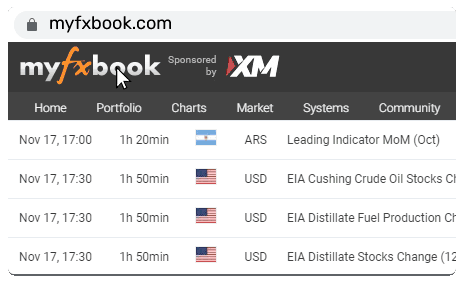Higher USA CPI What Next for the USD?
Recent economic indicators from the United States paint a multifaceted picture of the country's economic health, signalling both positive and challenging trends as we move into the final quarter of the year. In September, the Consumer Price Index (CPI), a key measure of inflation, increased by 0.2% on a month-over-month basis, pushing the annual inflation rate to 2.4%. This figure slightly exceeded economists' expectations of 2.3% (Financial Times), raising questions about the pace at which inflationary pressures are easing.
When examining core inflation—a metric that excludes the more volatile sectors of food and energy—there was a 0.3% rise compared to the previous month, leading to a 3.3% year-over-year increase (Investors.com). Core inflation is often seen as a more stable measure of underlying price pressures, and its persistence at elevated levels suggests that while headline inflation may be cooling, the broader economy continues to grapple with inflationary challenges in critical sectors such as housing, medical care, and transportation.
On the labour front, initial jobless claims saw a notable uptick. For the week ending October 5, 2024, claims reached 258,000, a sharp increase from the previous week's 225,000 claims (Investopedia). This marked the highest level in over a year, raising alarms about potential cracks in the labour market's strength. Several factors are believed to have contributed to this rise, including temporary disruptions from Hurricane Helene and the ripple effects of ongoing strikes, most notably at Boeing (AP News). Labor market disruptions such as these could exert downward pressure on future employment data, making it harder for workers to maintain wage gains achieved in prior periods of low unemployment.
These developments present a complex scenario for the Federal Reserve, which is tasked with balancing the dual mandate of maximizing employment and stabilizing prices. While the modest increase in inflation suggests that the Fed may have room to continue with its gradual easing of monetary policy, the softening in the labour market, as evidenced by the rise in jobless claims, could complicate the central bank's decision-making process. A continued slowdown in employment could signal a broader weakening in economic momentum, prompting the Fed to reconsider the pace and scale of its interest rate adjustments.
As the Fed gears up for its next policy meeting, there is mounting speculation that policymakers will proceed with caution. Despite inflation showing signs of cooling, the labour market’s fragility may warrant a more conservative approach to interest rate cuts. Analysts expect that the Federal Reserve could opt for a quarter-point rate reduction in the coming months (Barron’s), but the path forward remains highly contingent on incoming data, particularly relating to employment and wage growth. A more pronounced slowdown in the labour market could lead the Fed to adopt a more accommodative stance, but for now, officials are likely to remain vigilant, carefully weighing the risks of premature easing against the potential for economic overheating.
In conclusion, the latest economic data highlights the intricate balancing act that the Federal Reserve faces. On one hand, inflation appears to be gradually decelerating, offering some relief to consumers and businesses. On the other hand, rising jobless claims could signal emerging weaknesses in the broader economy, particularly as external shocks like natural disasters and labour strikes take their toll. As policymakers navigate these crosscurrents, their decisions in the coming months will be crucial in determining whether the U.S. economy can achieve the sought-after "soft landing"—a scenario where inflation moderates without triggering a significant downturn in growth and employment.



















